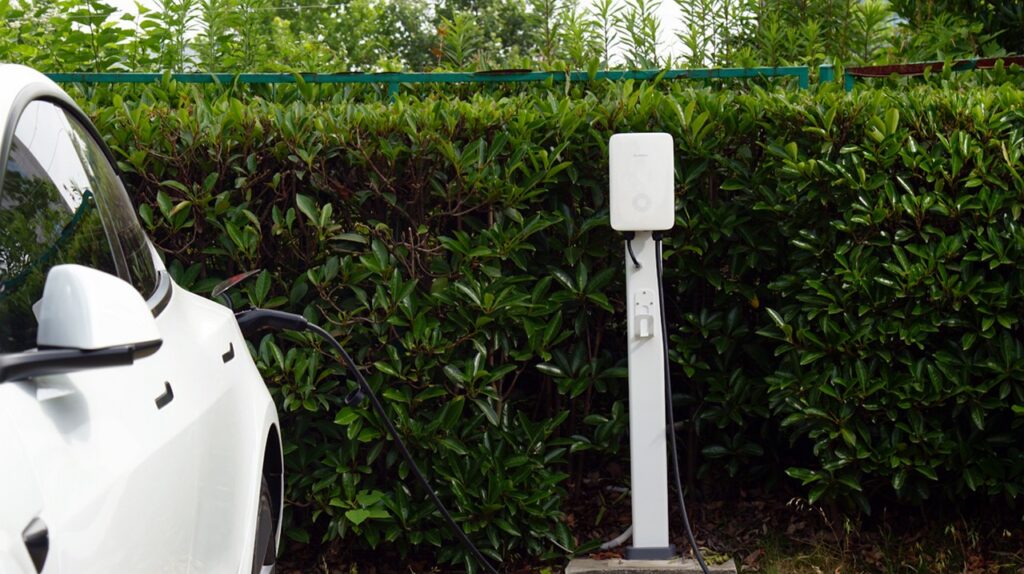One of our electric vehicle batteries is broken. Can we replace it with a new one and continue to use it? In theory, it is possible, but it is not as simple as you might think. You can’t just find any battery that works and install it, even a brand new one. You need a specific formula because electric vehicle batteries work in series. The most important thing for series batteries is that the voltage of each battery must be balanced. If you install a new battery without proper balancing, it won’t work properly. Not only will it not run for the expected distance, but it can also cause the new battery to be dragged down by the old battery and damaged prematurely. This is because the old battery has higher internal resistance and difficulty in outputting current, while the new battery has lower internal resistance and smoother current output. The difference between the two makes it difficult to achieve a synchronized action. It’s like one person pulling another person to run as fast as possible, but the person behind keeps falling behind, making it impossible to run together. Additionally, charging can also be an issue. If you charge a new battery with an old one, it may not reach the required level of protection, and the charger may not be able to accurately judge the battery status, leading to premature failure. The purpose of balancing is to make several batteries with similar capabilities work together effectively on the premise of balanced capabilities. The standard for balanced capabilities is that, for example, for a 48V 20Ah battery, with a discharge rate of 10A, the difference should be within 13 minutes. The smaller the difference, the better. If it exceeds 13 minutes, the battery can be considered scrap.

